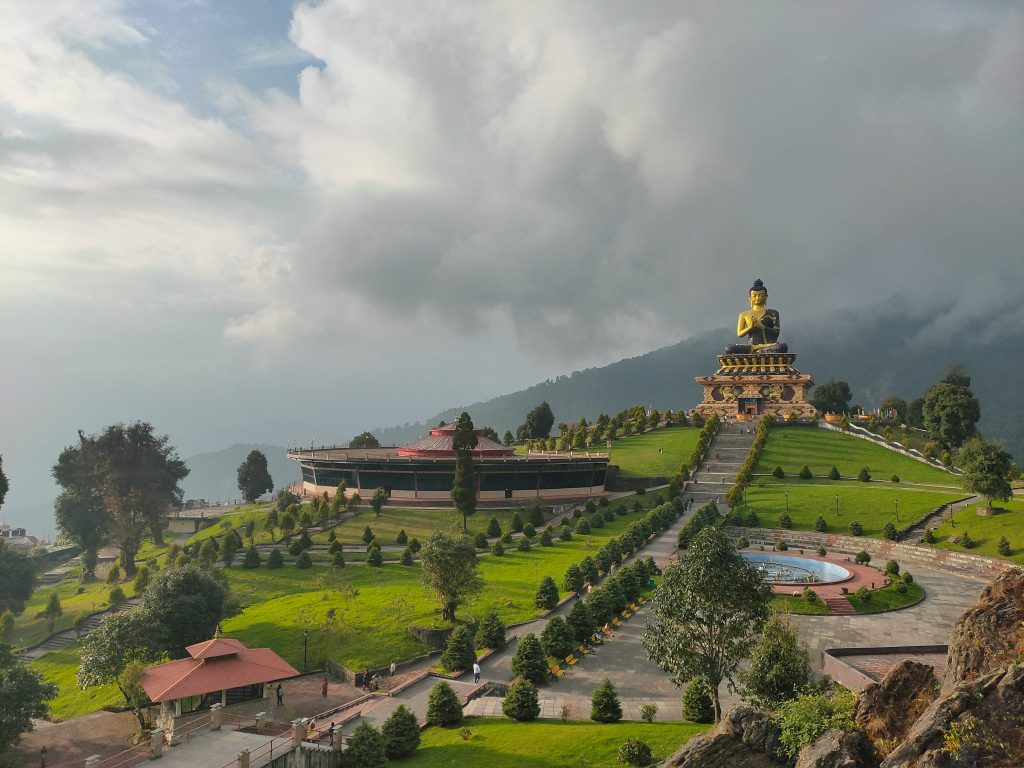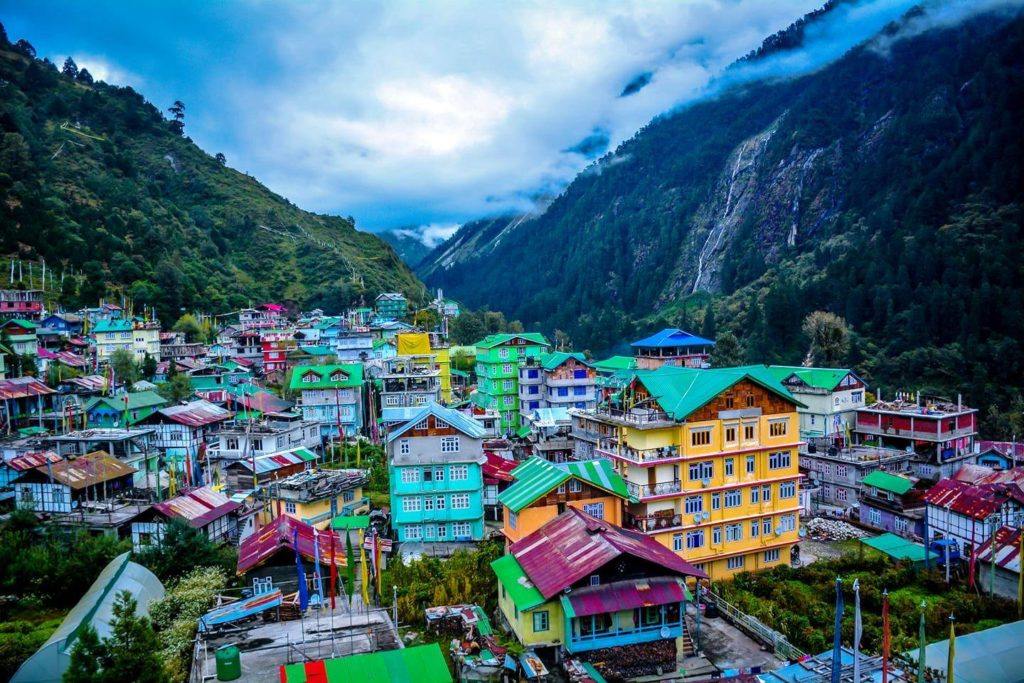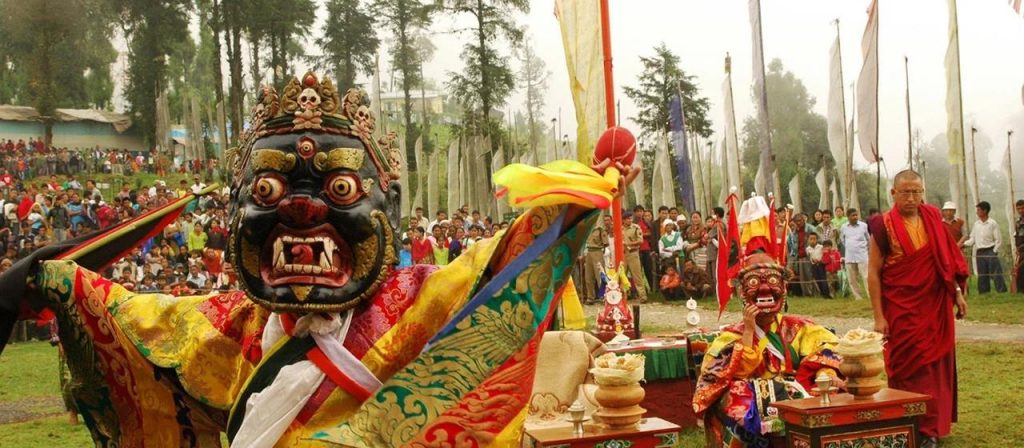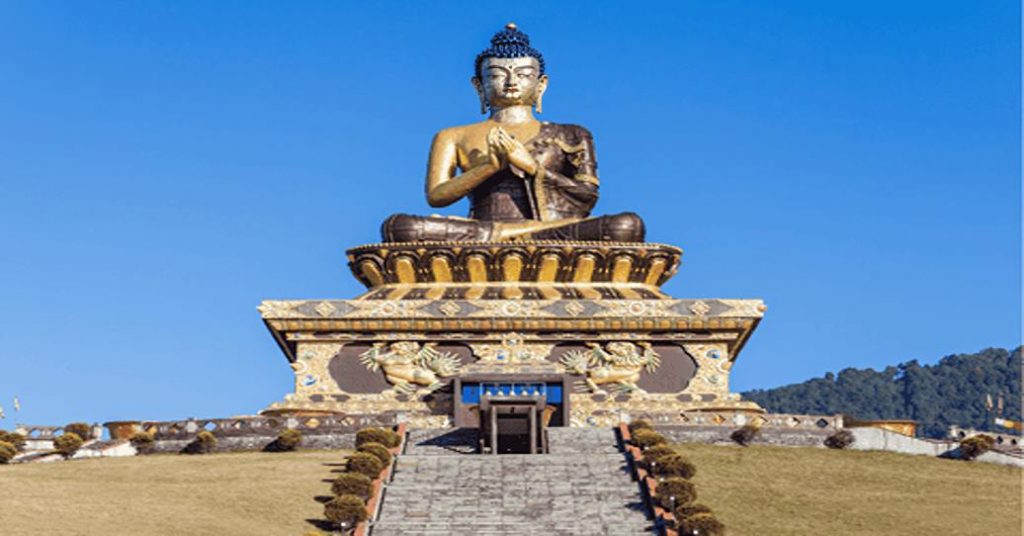Nestled in the eastern Himalayas, the Kingdom of Sikkim was a small but culturally rich Buddhist monarchy that maintained its independence for centuries. Bordered by Nepal, Bhutan, Tibet, and India, Sikkim’s unique geography and spiritual heritage made it a distinctive Himalayan kingdom.
Today, it is an Indian state, but its history as an independent kingdom offers a fascinating glimpse into the complex interplay of culture, geography, and geopolitics in South Asia.
Table of Contents
Origins and Cultural Foundations of the Kingdom of Sikkim
The Kingdom of Sikkim was established in 1642 by the Namgyal dynasty, a Buddhist royal family that ruled over a diverse population including the indigenous Lepchas, Tibetan Bhutias, and later Nepali settlers. Tibetan Buddhism shaped much of Sikkim’s cultural and spiritual life, with monasteries such as Rumtek and Pemayangtse serving as important religious centers. The kingdom’s location made it a natural crossroads for trade and cultural exchange between the Tibetan plateau and the Indian plains.
For centuries, Sikkim maintained its sovereignty by skillfully balancing relationships with neighboring powers, including the British Empire, Tibet, and later the emerging nations of India and China. Its rugged terrain and relative isolation provided a natural buffer that helped preserve its independence.

Colonial Era and Territorial Adjustments to the Kingdom of Sikkim
The 19th century brought significant changes to Sikkim’s territorial boundaries. In 1835, the British East India Company annexed Darjeeling from Sikkim, a move that altered the kingdom’s borders and economic prospects. Darjeeling soon developed into a thriving tea plantation region, attracting Nepali laborers and reshaping the demographic and social fabric of the area.
While Bhutan and Nepal retained more autonomy through diplomatic efforts, Sikkim’s smaller size and strategic location made it more vulnerable. After India’s independence in 1947, Sikkim became an Indian protectorate, with New Delhi assuming responsibility for its defense and foreign affairs.

Geopolitical Shifts: Tibet, China, India, and the Kingdom of Sikkim
A major turning point for Sikkim was China’s annexation of Tibet in the 1950s. Tibet had long served as a buffer between India and China, but its absorption into the People’s Republic of China shifted regional dynamics significantly. Sikkim, which had served as a buffer state, suddenly found itself on a contested frontier.
India responded by increasing its military presence in Sikkim, building roads and deploying troops to secure its northern borders. Over the next two decades, political developments in Sikkim increasingly reflected Indian influence, setting the stage for eventual integration.
From Protectorate to Indian State
In 1973, political unrest in Sikkim led to Indian intervention, officially to restore order. The following years saw growing pressure on the monarchy. In 1975, a referendum was held in which the majority of voters supported Sikkim’s integration into India as its 22nd state. The referendum’s circumstances have been subject to debate, with some noting the presence of Indian troops and limited international oversight.
The last Chogyal (king), Palden Thondup Namgyal, appealed to international bodies, including the United Nations, but these efforts did not prevent the annexation. Since then, Sikkim has functioned as an Indian state with its own elected government within the federal system.

Contemporary Sikkim: Nature, Culture, and Strategic Importance
Today, Sikkim is known for its stunning natural beauty, including snow-capped peaks, lush valleys, and rich biodiversity. It is a popular destination for eco-tourism, trekking, and cultural exploration. The state government promotes organic farming and environmental conservation, contributing to its reputation as a green and peaceful region.
At the same time, Sikkim remains strategically important for India. The Indian military maintains a significant presence to guard the sensitive border with China, and infrastructure development continues to support both security and connectivity. This dual identity—as a tranquil tourist destination and a militarized borderland—defines much of Sikkim’s contemporary reality.



Cultural Diversity and Preservation
Sikkim’s population is a mosaic of Lepchas, Bhutias, and Nepalis, each contributing to the state’s festivals, languages, and customs. Tibetan Buddhism remains influential, with monasteries attracting visitors and pilgrims alike.
However, demographic shifts and modernization have brought challenges. The Nepali-speaking community, which grew during the colonial period, now forms the majority, influencing language and education policies. Efforts to preserve Lepcha and Bhutia languages and traditions continue through local initiatives and cultural programs.
Reflections on Sikkim’s Legacy

The history of the Kingdom of Sikkim illustrates the complexities faced by small Himalayan states navigating the pressures of geography and changing geopolitical realities. While it no longer exists as an independent kingdom, its cultural heritage and natural beauty endure.
For travelers and historians, Sikkim offers a unique window into Himalayan history and the ongoing balance between tradition and modernity. Its transformation from a Buddhist kingdom to an Indian state is a reminder of the layered histories shaping South Asia today.
Click to check out our Sikkim Tour.





